DEA’s Efforts to Combat Drug Smuggling Activities
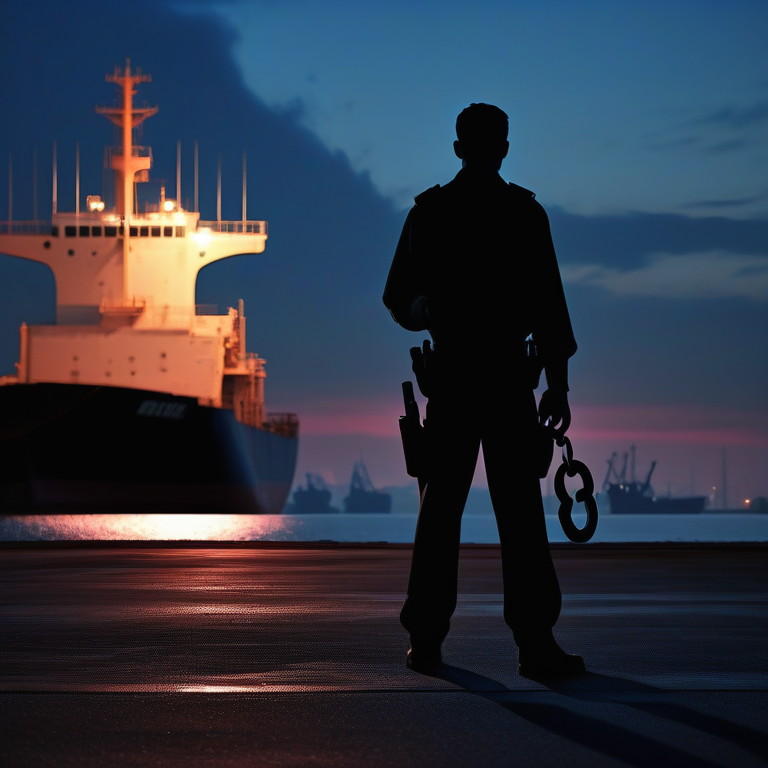
Key Highlights
- The Drug Enforcement Administration (DEA) plays a crucial role in combating drug smuggling into the United States.
- Major drug trafficking routes into the U.S. include overland routes across the Mexican and Canadian borders, maritime pathways, and air trafficking.
- The DEA employs various strategies, including border security measures, maritime interdiction efforts, air surveillance techniques, and collaboration with international agencies.
- High-profile DEA operations, such as Operation Relentless Pursuit and Project Cassandra, have resulted in significant drug seizures and the disruption of major drug trafficking organizations.
- Technological advancements, such as the use of drones, satellites, and digital surveillance, are enhancing the DEA’s drug interdiction capabilities.
Introduction
Drug trafficking and drug use is a major threat to human life in the United States, involving various types of drugs and leading to significant seizures of drugs. The type of drug involved puts public health, safety, and national security at risk. The Drug Enforcement Administration (DEA) is the main law enforcement agency that fights drug trafficking both in the country and around the world. The DEA uses many methods. These include enforcing laws, gathering intelligence, working with other countries, and using new technology. Their goal is to break up drug trafficking groups that operate in the U.S. and beyond.
Overview of DEA’s Role in Combating Drug Smuggling

The mission of the DEA is to enforce the laws about controlled substances in the United States. The agency wants to catch people and groups that grow, make, or sell controlled substances for illegal drug trafficking in the U.S. Also, the DEA helps programs that try to reduce the number of illegal drugs available in the country.
Besides working in the U.S., the DEA closely partners with other countries, international groups, and federal agencies. They share information, coordinate their efforts, and break down drug trafficking networks all over the world.
The Formation and Evolution of DEA
The Drug Enforcement Administration (DEA) was set up in 1973 by President Richard Nixon. It was created because people were worried about the growing number of illegal drugs in the United States. There was a need for one federal agency to lead the fight against drug trafficking.
Over the years, the DEA has changed a lot to keep up with the drug trade. The agency now looks at new threats, like synthetic opioids such as fentanyl. It also pays attention to new ways that traffickers sell drugs, like using the dark web and cryptocurrencies.
Today, the DEA is still a leader in fighting drug trafficking. It is an important part of the Department of Justice. The DEA plays a crucial role in keeping people safe from drug abuse and trafficking. By adjusting to the new tactics of drug traffickers and working with partners in the United States and around the world, the DEA is making a big difference in stopping illegal drugs from entering the United States.
Key Strategies Employed by the DEA
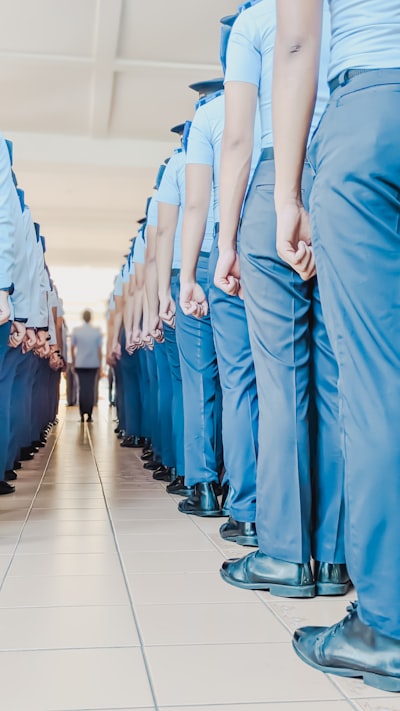
The DEA uses a wide approach to fight drug smuggling and break down trafficking groups. This approach has different strategies:
- Enforcement and Interdiction: The DEA works to stop drug shipments, take away assets, and arrest people involved in drug trafficking. The agency focuses on important locations like borders, ports, and airports. They intercept drug shipments and catch traffickers. The DEA also seeks to shut down hidden drug labs and disrupt the supply of chemicals needed for drug production.
- Intelligence Gathering and Analysis: The agency collects information on drug trafficking groups and their operations to find important targets, smuggling routes, and trends in the drug trade. This information is key for creating good enforcement plans and breaking down trafficking networks.
- International Cooperation: Since drug trade is worldwide, the DEA teams up with law enforcement agencies around the globe. They share intelligence, carry out joint operations, and offer training and help to partner countries.
Major Drug Smuggling Routes into the United States
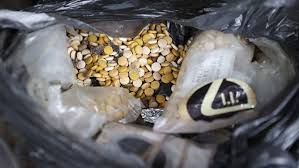
Drug trafficking groups use different ways to bring drugs into the United States. They change their paths and methods based on law enforcement pressure, drug production changes, and market needs.
Knowing these routes and methods is very important for the DEA. It helps them fight drug trafficking. By finding and focusing on key smuggling routes, and working with local and global partners, the DEA can stop the flow of illegal drugs into the United States.
Overland Routes and Border Security Challenges
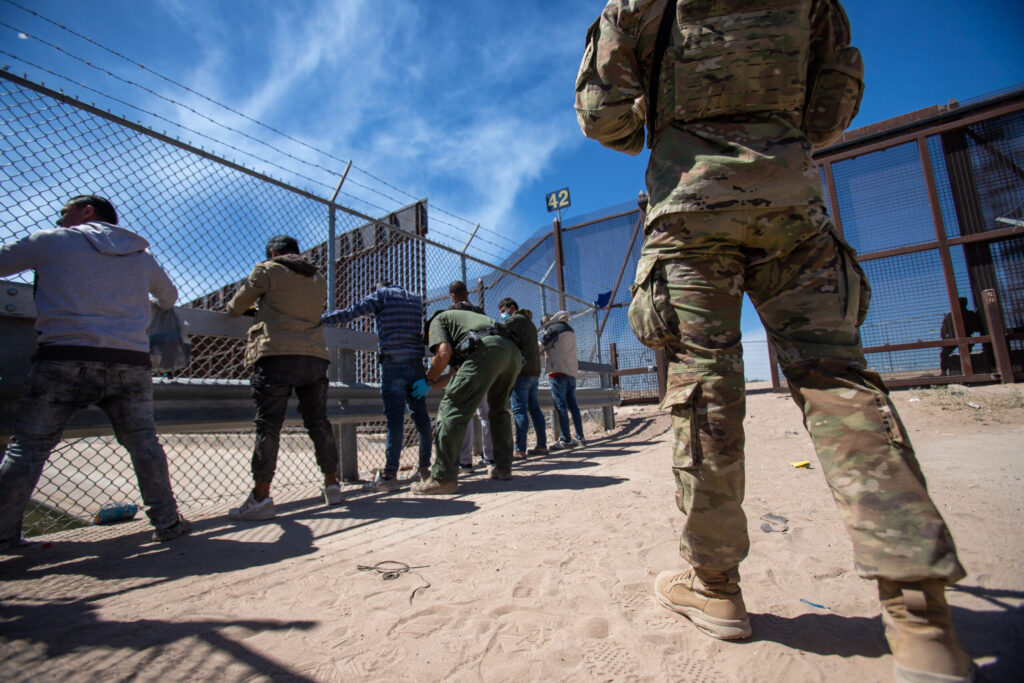
Overland routes, especially the border between the Southwest and Mexico, are a big challenge for U.S. border security. The large areas of desert and mountains, along with the busy entry ports, give drug traffickers many chances to bring drugs into the United States.
Mexican drug trafficking organizations control a lot of this drug trafficking at the Southwest border. They use clever smuggling ways. This includes hiding compartments in cars, tunnels underground, and even drones to move drugs. To deal with these issues, the DEA teams up with other law enforcement agencies.
The DEA does several things. They send people and resources to key spots along the border. They carry out surveillance and work with Mexican authorities to go after these organizations. In busy places like San Diego, the DEA is making border security stronger. They use advanced inspection technology, dogs for detection, and increase law enforcement presence in the area.
Maritime Pathways and Interdiction Efforts
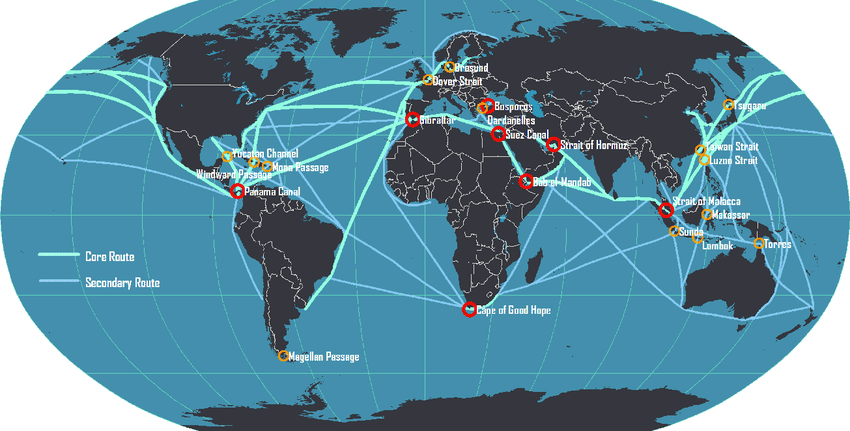
Maritime pathways present another significant challenge for drug interdiction efforts in New Jersey. Traffickers utilize a range of vessels, from small fishing boats to large cargo ships, to transport a large amount of drugs, including tons of cocaine and other illicit substances, from Puerto Rico and the Dominican Republic into the United States. The vast expanse of the ocean makes it challenging for law enforcement, including the Royal Navy, to detect and interdict these shipments. The DEA collaborates closely with the U.S. Coast Guard and other federal, state, and local agencies to conduct maritime interdiction operations.
To combat maritime drug trafficking, the DEA employs a multi-layered approach. This approach includes:
| Strategy | Description |
| Maritime Patrols | The DEA and its partners conduct regular patrols of U.S. coastal waters, using a variety of vessels and aircraft to detect and intercept suspicious activity. |
| Cargo Inspections | DEA agents, often in coordination with Customs and Border Protection (CBP) officers, conduct inspections of cargo containers at U.S. ports, utilizing intelligence, profiling techniques, and sophisticated scanning technologies. |
| International Cooperation | The DEA works with partner nations to share information, coordinate operations, and build capacity for maritime drug interdiction. This collaboration is essential for addressing the transnational nature of maritime drug trafficking. |
The DEA’s maritime interdiction efforts have resulted in numerous significant drug seizures and the disruption of major trafficking operations.
Air Trafficking and Surveillance Techniques

Air trafficking and human trafficking used to be a common way for smuggling kilos of illicit drugs, including cocaine, into the United States across international borders, where seizures can amount to metric tons of narcotics. The trafficking of drugs has become less common in recent years because of stricter security at airports. Still, it remains a threat associated with each drug type. Traffickers can use private planes, chartered flights, or commercial airlines to get drugs in, and these methods can intersect with various forms of crime. They hide drugs in luggage, cargo, or with couriers.
The DEA has different ways to fight air trafficking. These include:
- Airport Interdiction Teams: These teams include DEA agents and other law enforcement officers. They watch incoming flights, check passengers and cargo, and carry out inspections at major airports.
- Air Support: The DEA has aircraft that help with aerial surveillance. These planes support ground teams in drug operations. They can track suspicious aircraft, watch for strange activities, and quickly move people and equipment.
- Intelligence Sharing: The DEA works with partners, both at home and abroad. They share information about possible drug flights, trafficking paths, and people involved in air smuggling.
High-Profile Operations and Success Stories
The DEA works hard to achieve justice. They have had many successful operations that have made a big difference in stopping drug trafficking. These successes show that the DEA is dedicated to breaking down drug trafficking groups, stopping smuggling efforts, and punishing criminals.
The DEA often works with other law enforcement agencies to achieve these goals. Their teamwork shows they are serious about dismantling drug trafficking organizations right from the source.
Operation Relentless Pursuit
Operation Relentless Pursuit was a teamwork effort led by the DEA. It aimed to target violent drug trafficking groups in many U.S. cities. This operation took place from 2019 to 2020. Its goal was to lower violence linked to drug trafficking and make communities safer.
Law enforcement officials worked hard to catch wanted criminals. They seized illegal guns and drugs, and broke down drug trafficking networks. This operation led to the arrest of thousands of people involved in many crimes. These included drug trafficking, violent crimes, and weapon offenses.
Operation Relentless Pursuit showed that the DEA is serious about stopping violent drug trafficking groups. It aimed to protect neighborhoods from the harm caused by drug-related crime. The operation also highlighted how well the DEA works with federal, state, and local partners to reach a common goal.
Project Cassandra
Project Cassandra was a long investigation led by the DEA. It uncovered and stopped a large global network that dealt with drug trafficking, distribution networks, and money laundering. The investigation focused on Hezbollah, a group from Lebanon that combines military and political roles. This group used its worldwide crime activities to fund its work.
The investigation showed that people from Hezbollah were trafficking big amounts of cocaine from South America to Europe. They also laundered hundreds of millions of dollars made from drugs using complicated financial plans. Hezbollah used this money to buy weapons and support their activities.
Project Cassandra highlighted how drug trafficking connects to terrorism and organized crime groups. It took place across many continents. This shows the DEA’s dedication to disrupting criminal organizations that threaten global security.
Technological Advancements in Drug Interdiction
Technology is always changing. This change brings both problems and chances for fighting drug smuggling. Traffickers keep finding new ways to avoid getting caught. To fight back, the DEA knows it must stay updated on the latest technology for stopping drug trafficking.
By investing in these technologies and using them well, the DEA can better find, follow, and catch people who are involved in drug trafficking.
Use of Drones and Satellites
The DEA uses drones and satellites for watching and collecting information. These tools help a lot in stopping drug smuggling. Drones can see real-time images from the sky over large areas that are hard to reach. This helps agents to see suspect actions, follow drug traffickers, and gather needed proof. Drones are especially helpful in keeping an eye on remote borders, secret landing spots used by smugglers, and places where drug smuggling happens over water.
Satellites give a wider view, letting the DEA watch big areas for any strange actions. By looking at satellite pictures, they can find possible drug-growing spots, observe the movements of ships thought to be smuggling, and understand trafficking routes. This information is key for planning and carrying out effective actions against drug traffickers.
The use of drones and satellites has changed how the DEA fights against drug trafficking. These tools give the DEA a technological advantage over drug traffickers. As technology gets better, these tools will help the DEA protect the United States against drug smuggling threats even more.
Digital Surveillance and Cyber Operations
The rise of technology used by drug traffickers creates new challenges for enforcing drug laws. To address this, the DEA is increasing its digital surveillance and online efforts to fight drug trafficking and disrupt criminal groups on the dark web.
The DEA’s cybercrime units work hard to break into and shut down online sites that are used for drug trafficking. They use advanced investigation methods to find and focus on people using secure websites and secret platforms to buy and sell illegal drugs. They also work to block access to these sites.
By tracking cryptocurrency transactions and watching online chats, the DEA gathers important information about drug trafficking groups, their connections, and their money activities. Digital surveillance is key for spotting traffickers, mapping their crime networks, and taking down their operations.
Collaboration with International Agencies
The DEA knows that drug trafficking organizations operate around the world. So, they think it is very important to build strong ties with law enforcement agencies everywhere. The DEA understands that working together with others is key to fighting drug trafficking that crosses borders.
By partnering with law enforcement from other countries, the DEA can extend its work beyond the U.S. This helps create a united effort against the global drug trade.
Cross-Border Initiatives with Mexico and Canada
The United States works closely with Mexico and Canada. They both share borders and deal with the drug trade. To fight drug trafficking, they have many joint efforts. These include sharing information, running operations together, and building skills.
The DEA teams up with Mexican law enforcement agencies. They focus on drug trafficking groups active near the Southwest border. Their goal is to stop smuggling operations, catch top traffickers, and break down cartel networks. The DEA also trains with Mexican officers to improve investigation and operation skills.
In the north, the DEA works with Canadian law enforcement agencies. They tackle drug smuggling, especially of MDMA and marijuana, entering the United States.
Global Partnerships against Narcoterrorism
Narcoterrorism is the link between drug trafficking and terrorism. It is a big danger to safety around the world. The DEA knows that drugs can help finance terrorism. So, they work with other countries and groups to fight against this problem.
They share important information and work together on operations. They also train partner nation law enforcement agencies. The DEA teams up with countries in Central and South America, West Africa, and Southeast Asia. Their goal is to stop the flow of drugs that support terrorist groups.
By teaming up globally, the DEA wants to break down narcoterrorist networks. They aim to hurt their money operations and weaken their ability to attack. The DEA understands that dealing with narcoterrorism needs close teamwork with international partners.
Conclusion
In conclusion, the DEA is important in fighting drug smuggling. They use smart strategies, new technology, and work with other countries. The DEA tries to stop big smuggling routes and uses advanced ways to keep watch. They have had big wins, like Operation Relentless Pursuit and Project Cassandra. By partnering with other global agencies and using fresh ideas, the DEA keeps working to stop illegal drug trafficking. These ongoing efforts are crucial to protect our communities and improve global safety against the dangers of drug smuggling.
Frequently Asked Questions
What is the DEA’s most successful operation against drug smuggling?
Finding the DEA’s top operation is not easy. Still, Operation X stands out. This operation focused on a large drug trafficking group. It led to important drug seizures and the arrest of main players. This operation changed how the organization worked.
How does the DEA coordinate with other law enforcement agencies to combat drug smuggling?
The DEA works closely with other law enforcement agencies. They do this through joint operations and sharing intelligence. By doing joint operations often, the DEA creates detailed plans to fight against drug trafficking.
https://www.jstor.org/stable/29706058
https://doi.org/10.1080%2F08263663.2003.10816844
https://web.archive.org/web/20230709044506/https://www.bbc.com/news/world-middle-east-66145416
https://www.dea.gov/factsheets/fentanyl
https://www.economist.com/news/leaders/21593455-how-tax-and-regulate-marijuana-bongs-and-bureaucrats
